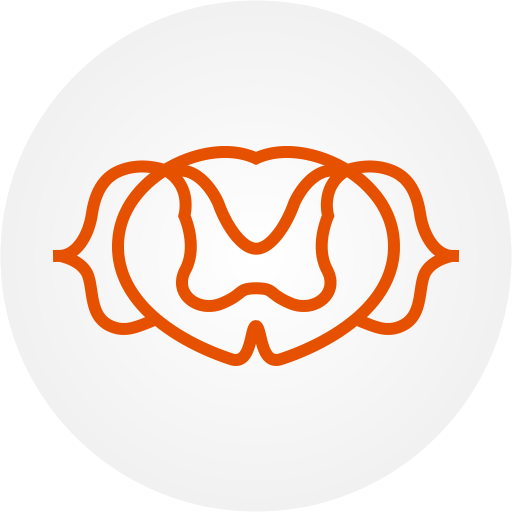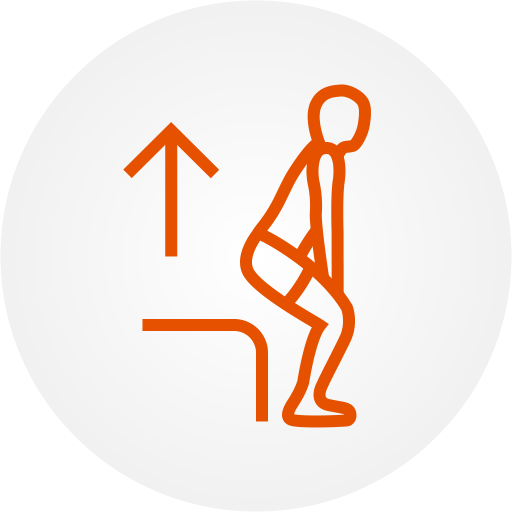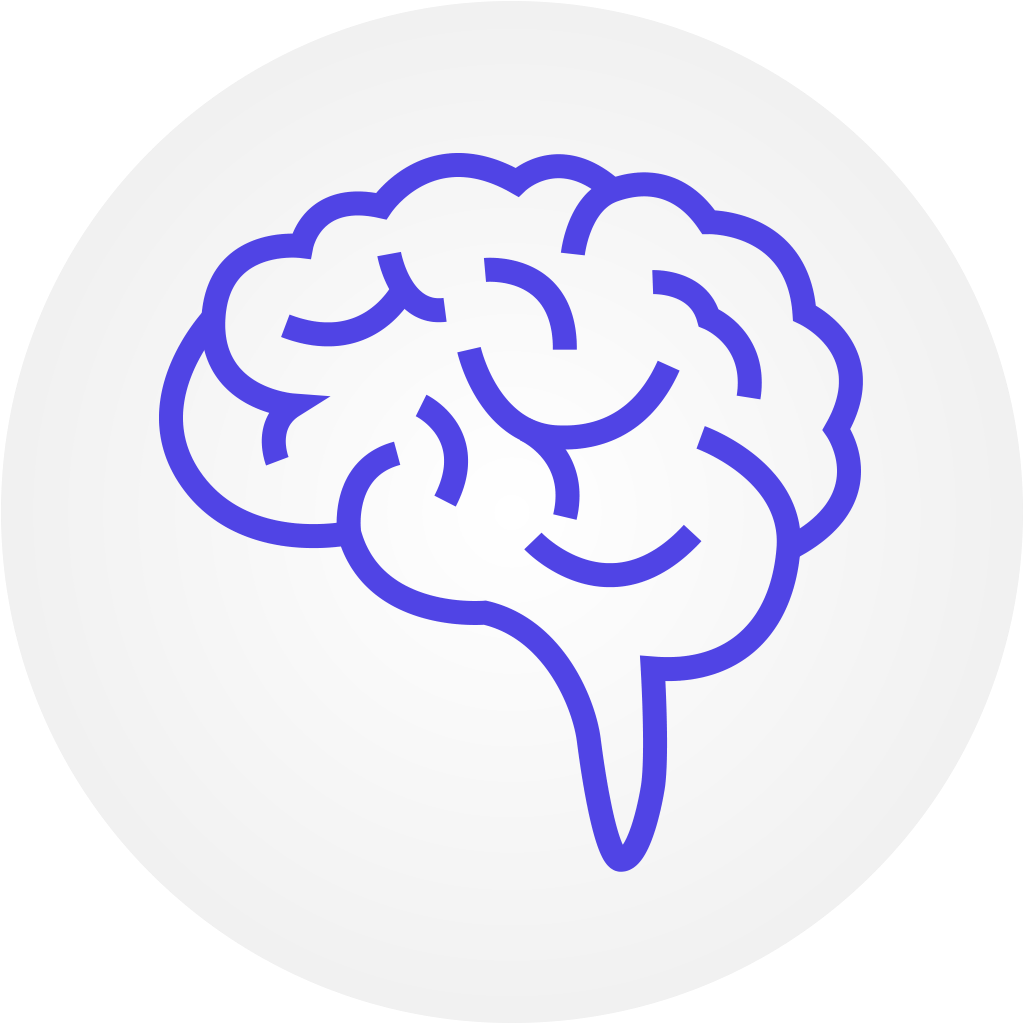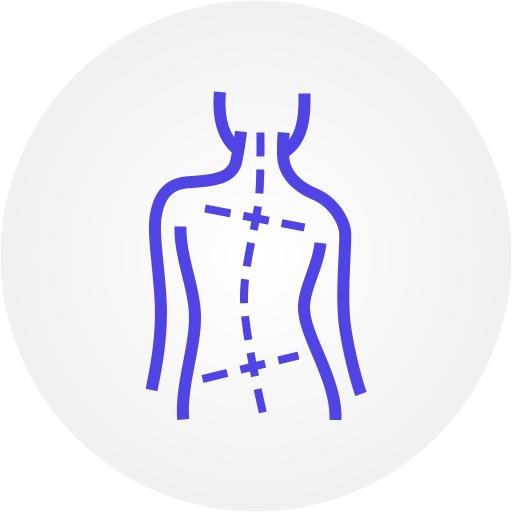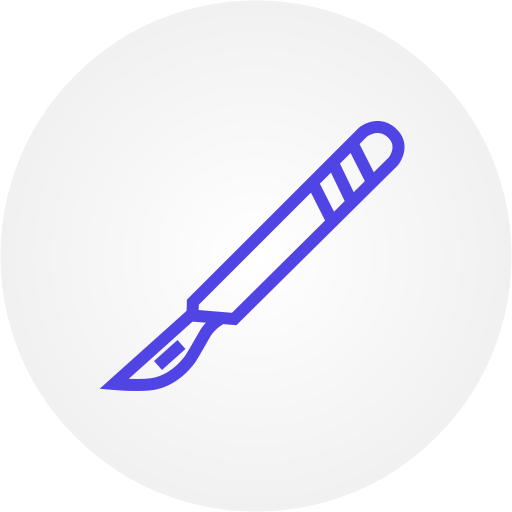The clients featured in the app span a spectrum of different genders, ethnicities, and conditions including:
“Typical” male
“Typical” female
Client Post Total Hip Replacement
Client with Congestive Obstructive Pulmonary Disease
Client with C5 Incomplete Spinal Cord Injury
Client Post Cerebrovascular Accident
Each Client was filmed performing a range of activities in their home environment:
Dressing
Grooming
Food preparation
Toileting
Bed mobility
Leisure activities
Driving
Gardening
Case studies and Analysis worksheets are integrated into the app for classroom activities, discussion, and development of activity analysis skills.
Special Acknowledgements:
Special thanks to Dr. Mary Hudson-McKinney PT, MS, DPT, NCS for her contributions to app design and expert analysis/documentation for the Learning section of the app.
Special thanks to all of the clients who invited us into their homes and their lives, so that we could create learning tools to elevate professional education.
Hedman LD, Quinn L, Gill-Body K, Brown DA, Quiben M, Riley N, Scheets PL. White Paper: Movement System Diagnoses in Neurologic Physical Therapy. J Neurol Phys Ther. 2018 Apr;42(2):110-117. doi: 10.1097/NPT.0000000000000215. PMID: 29547486.
Quinn L, Riley N, Tyrell CM, Judd DL, Gill-Body KM, Hedman LD, Packel A, Brown DA, Nabar N, Scheets P. A Framework for Movement Analysis of Tasks: Recommendations From the Academy of Neurologic Physical Therapy's Movement System Task Force. Phys Ther. 2021 Sep 1;101(9):pzab154. doi: 10.1093/ptj/pzab154. PMID: 34160044.

